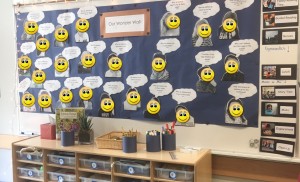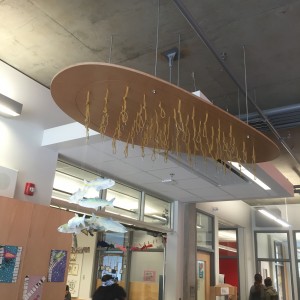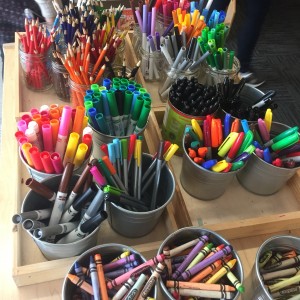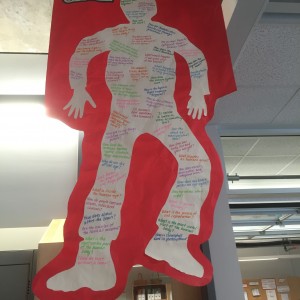
A struggle that all teachers will deal with in their classrooms is how to effectively manage a classroom. Providing a positive environment for students can be a difficult task (one that I am sure gets easier with experience), and this task can be made even more challenging when there are noncompliance issues. Noncompliant students will challenge a teachers skills and patience, as a teacher candidate, this is something that I have personally struggled with. How do I promote my teacher presence with all students and limit the boundary pushing they will inevitably attempt. What I have learned is that it is so important to be consistent with all students, let them know the expectations and implement rules by rewarding good behaviour and providing options when students push back.
After engaging in many discussion with peers and colleagues, I have noticed that there is an overwhelming consensus regarding students with noncompliance issues. The first step is to keep calm, if students recognize that you are stressed or frustrated, they will play on that and not let up. The second step is to reiterate the expectations to the student, whether it be a small task, an assignment, or behavioural expectation, some students need clarification or multiple reminders. The third thing to do is provide options or consequence, for example, if a student is expected to sit still and either cannot or will not, give them the option to sit still or come sit by teacher, the consequence would if, if you choose to do neither of these things, I will come and sit with you and give gentle reminders to reduce the wiggling. Another example could be during work time, if a student does not want to work on a particular task during work time, give them the option to do it now, or do it during centres or free time. The most important thing is to follow through with expectations, if the student decides to sit at their desk or distract others, make sure they finish their work during free time. The last point (and this is a big one), is to be consistent! If a teacher gives in once, just once, the student will remember that forever and the pushback will likely intensify. This is one that I have a hard time with as a new teacher, I need to remember that I am in charge, play time is optional, work time is not. There should never be a power struggle between teacher and student, by engaging a student in a struggle, it lets them think that they have some power and will not want to let it go. Stay calm, make expectations clear, provide options (not questions), and follow through.
Learning to create a positive classroom environment for all students and reduce noncompliance can be a daunting and difficult task for new teachers. It is important to provide structure immediately and let students know and include them in making expectations, this allows them to take responsibility of their behaviour and know what is or is not acceptable and why.


 motion of inquiry based learning. In the primary years, classrooms would have “wonder walls” and in the middle years common areas there would be students’ bodies outlined with questions written inside. Having these questions visible at all times reminds students of their curiosities and promotes exploration, again, independently or as a group.
motion of inquiry based learning. In the primary years, classrooms would have “wonder walls” and in the middle years common areas there would be students’ bodies outlined with questions written inside. Having these questions visible at all times reminds students of their curiosities and promotes exploration, again, independently or as a group. displayed and I can only imagine that it gives the students a sense of pride to have their work shown off for the school to see. Even though there may be lots of obvious themes throughout the school, it becomes clear that students are able to use their own creative licenses. Art supplies, books and play based objects were easily accessible at all times, allowing students to ex
displayed and I can only imagine that it gives the students a sense of pride to have their work shown off for the school to see. Even though there may be lots of obvious themes throughout the school, it becomes clear that students are able to use their own creative licenses. Art supplies, books and play based objects were easily accessible at all times, allowing students to ex
